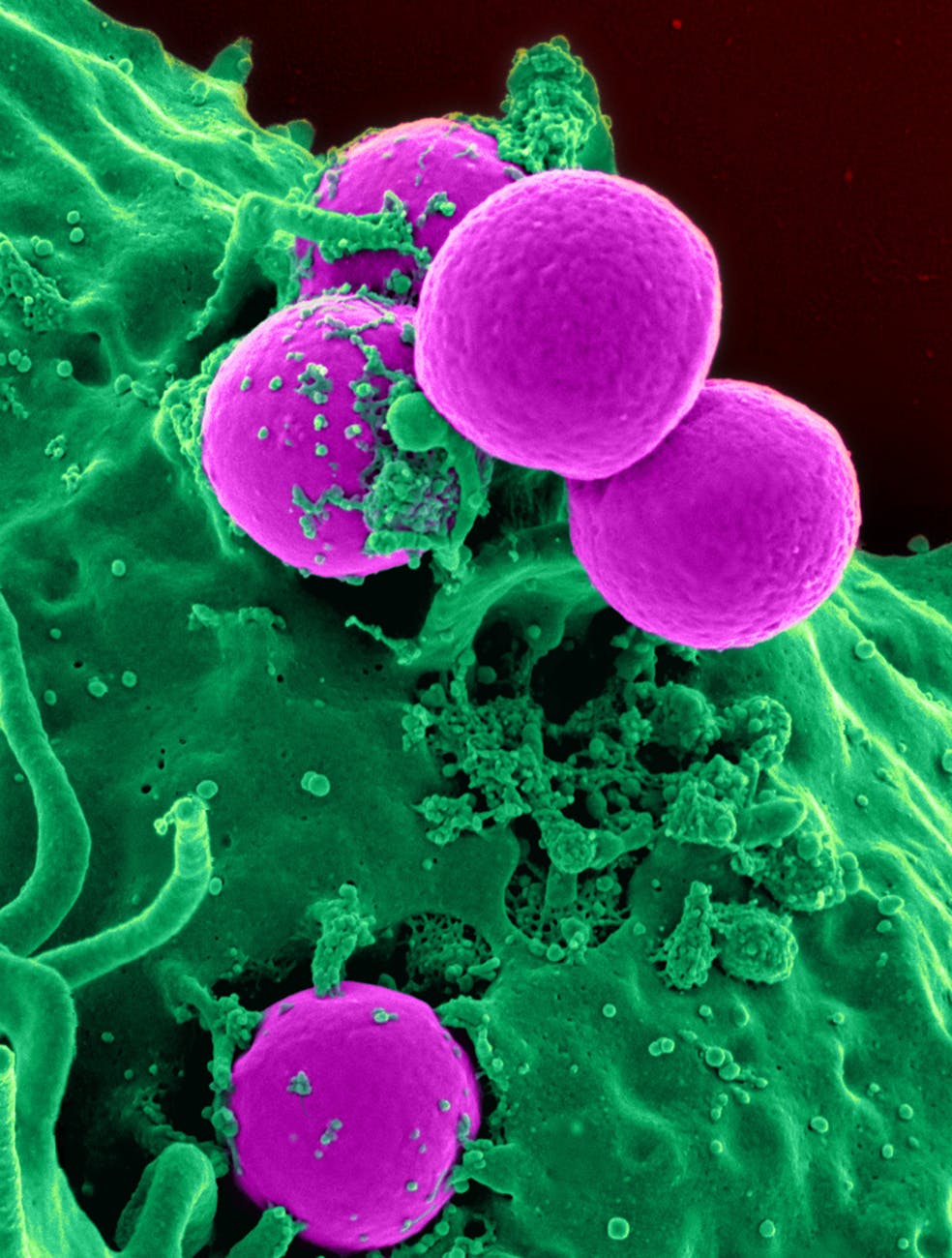When most individuals think about stem cells used for treating disease, they are thinking about transplants. Prior to a stem cell transplant, stem cells are first developed into adult cell types, after which the matured cells are used for replacing tissue that is damaged as a result of injury or disease. This type of treatment could generally be utilized for:
- Replacing neurons damaged from spinal cord injury, Alzheimer’s disease, stroke, Parkinson’s disease, or other neurological issues.
- Replacing practically any organ or tissue, which is diseased or injured.
- Producing insulin that could be applied for treating individuals with diabetes or cartilage to repair damage caused by arthritis.
However, stem cell therapies can be used for so much more. Studying how stem cells form into heart muscle cells could offer clues as to how heart muscle could be induced for repairing itself after having a heart attack. The stem cells can be utilized for studying disease, classifying new drugs, or screening drugs for possible toxic side effects. Any of these could have a fundamental impact on human health without having to transplant a single cell.
Which Diseases Could Be Treated From Stem Cell Research?
Theoretically, there is not a limit to the kinds of diseases that could possibly be treated from stem cell research. Given that scientists may be capable of studying all cell types, they could have the potential of making breakthroughs in any disease.
What Type Of Cell Therapies Are Currently Available?
While there is an expanding number of possible therapies being tested via clinical trials, there are only a couple of stem cell therapies that have already been approved by the FDA. Two of the treatments among them that have been approved by the FDA are:
- Fedratinib was approved by the FDA during August of 2019 and is utilized as a first-line stem cell therapy Denver for scarring of the bone marrow (myelofibrosis).
- Glasdegib was approved by the FDA during November of 2016 to be utilized in conjunction with low dose are-C for individuals seventy-five years and older that has acute myelogenous leukemia.
Presently, the most regularly utilized stem-cell-based therapy is for bone marrow transplants. The first stem cells to be classified were blood-forming stem cells in bone marrow and were the first to be utilized in a clinic. This life-saving method has assisted thousands of individuals in the world who had been blood cancer sufferers, such as leukemia. You can also check out stem cell worx as as another option.
Besides their present use for treating cancer, research proposes that bone marrow transplants could be used for possibly treating autoimmune diseases as well as helping individuals with tolerating transplanted organs without their bodies rejecting the organs. Other therapies that are based on adult stem cells are presently involved in clinical trials. Until these medical trials have come to an end, there is no way that we know for sure which type of stem cell is the most efficient for treating various diseases.

